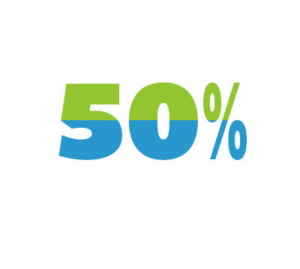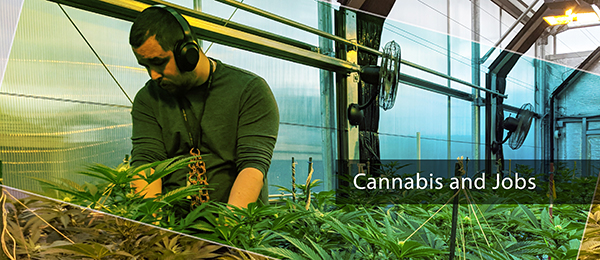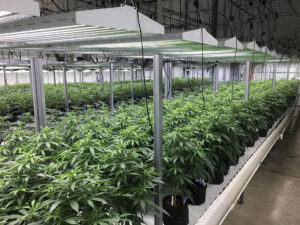The Maturity of the Market

Colorado cannabis users have spent about $1.42 billion on cannabis through August, positioning the industry to exceed $2 billion in 2020 sales – four years earlier than industry experts’ predictions.
These numbers come as the Marijuana Enforcement Division released an in-depth report on the Colorado cannabis market, which was prepared by MPG Consulting (formerly the Marijuana Policy Group) and Colorado Boulder’s Leeds School of Business. The key themes include:
- The regulated market is nearing maturity as evidenced by price trends, supply patterns and consolidation.
- A larger and more compliant market has emerged and includes accurate reporting, better internal controls, better use of the inventory tracking system by state and industry, and an effective regulatory and enforcement system.
- Most all regulated marijuana products have continued to decline due to improvements in production efficiencies and competition.
- Adult use marijuana sales are still increasing, medical sales, not so much.
- Shifting demand to Concentrates continues.
- Average potency continues a steady increase while price per dose is decreasing.
- Consumption is increasing among Colorado adults.




 Projections show cannabis employment growth could increase 50% in 2020. That would be more than the number of the nation’s computer programmers.
Projections show cannabis employment growth could increase 50% in 2020. That would be more than the number of the nation’s computer programmers.  The year marijuana was hailed as a miraculous treatment for “general debility” and “nervous excitement.” Since then, there hasn’t been much scientific research on cannabis, but Colorado is one of the states trying to
The year marijuana was hailed as a miraculous treatment for “general debility” and “nervous excitement.” Since then, there hasn’t been much scientific research on cannabis, but Colorado is one of the states trying to  Put a $ in front of it and it’s $167 million. That’s the tax revenue generated by the Colorado cannabis industry from January through June of 2020. Since legalization, the state has received nearly $1.4 billion in cannabis taxes and fees.
Put a $ in front of it and it’s $167 million. That’s the tax revenue generated by the Colorado cannabis industry from January through June of 2020. Since legalization, the state has received nearly $1.4 billion in cannabis taxes and fees. Here are the 35
Here are the 35  That is how much of an increase in the rates of crime in states bordering Colorado and Washington, according to
That is how much of an increase in the rates of crime in states bordering Colorado and Washington, according to 














 One person’s trash is another’s treasure
One person’s trash is another’s treasure If the U.S. legalized cannabis today…
If the U.S. legalized cannabis today… Note to investors: Be optimistic, but careful
Note to investors: Be optimistic, but careful